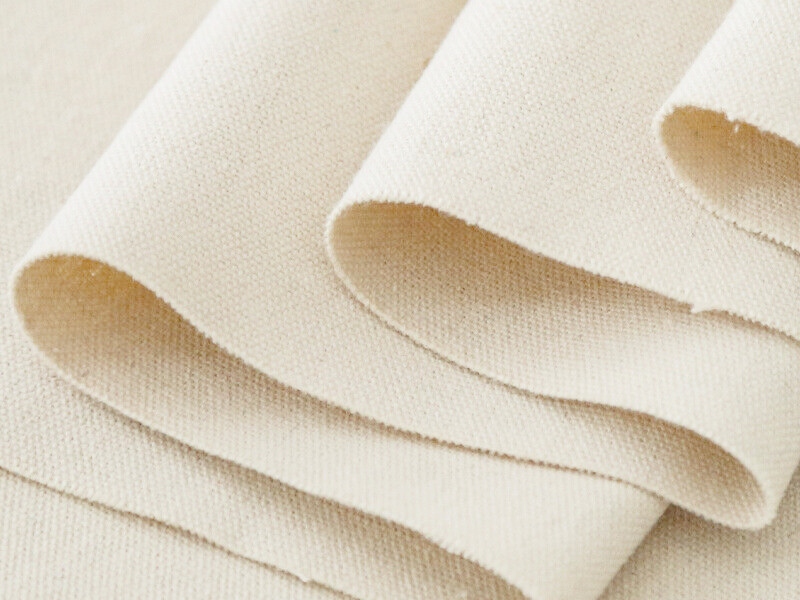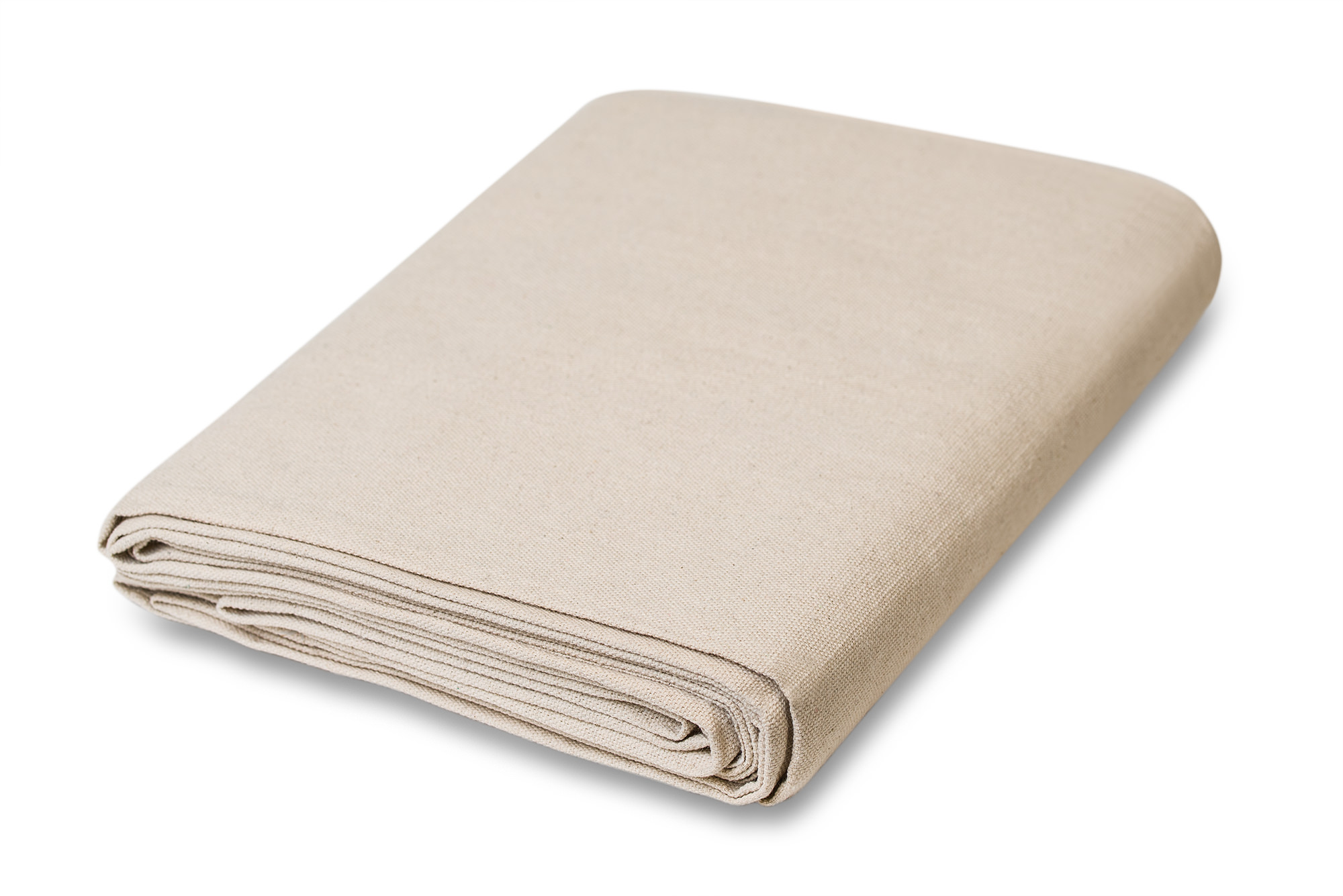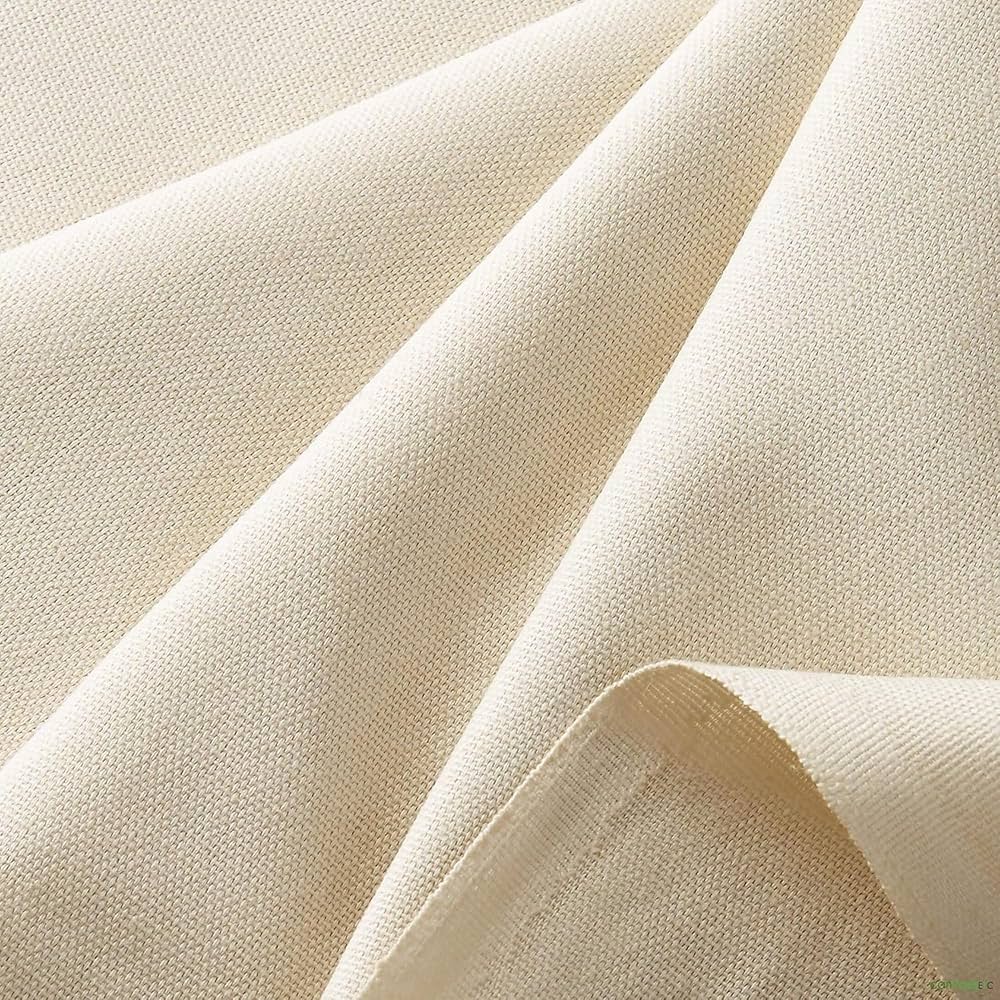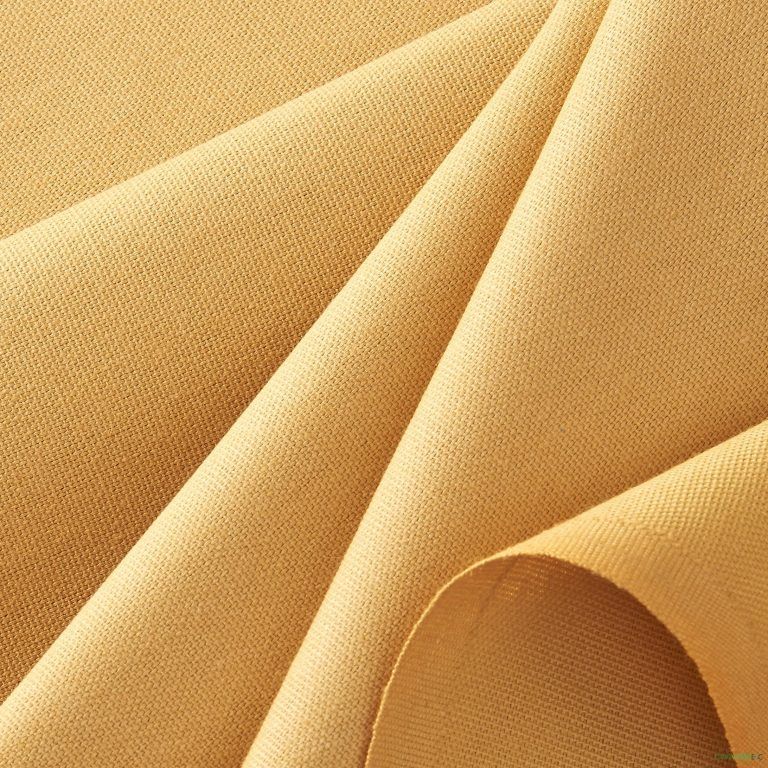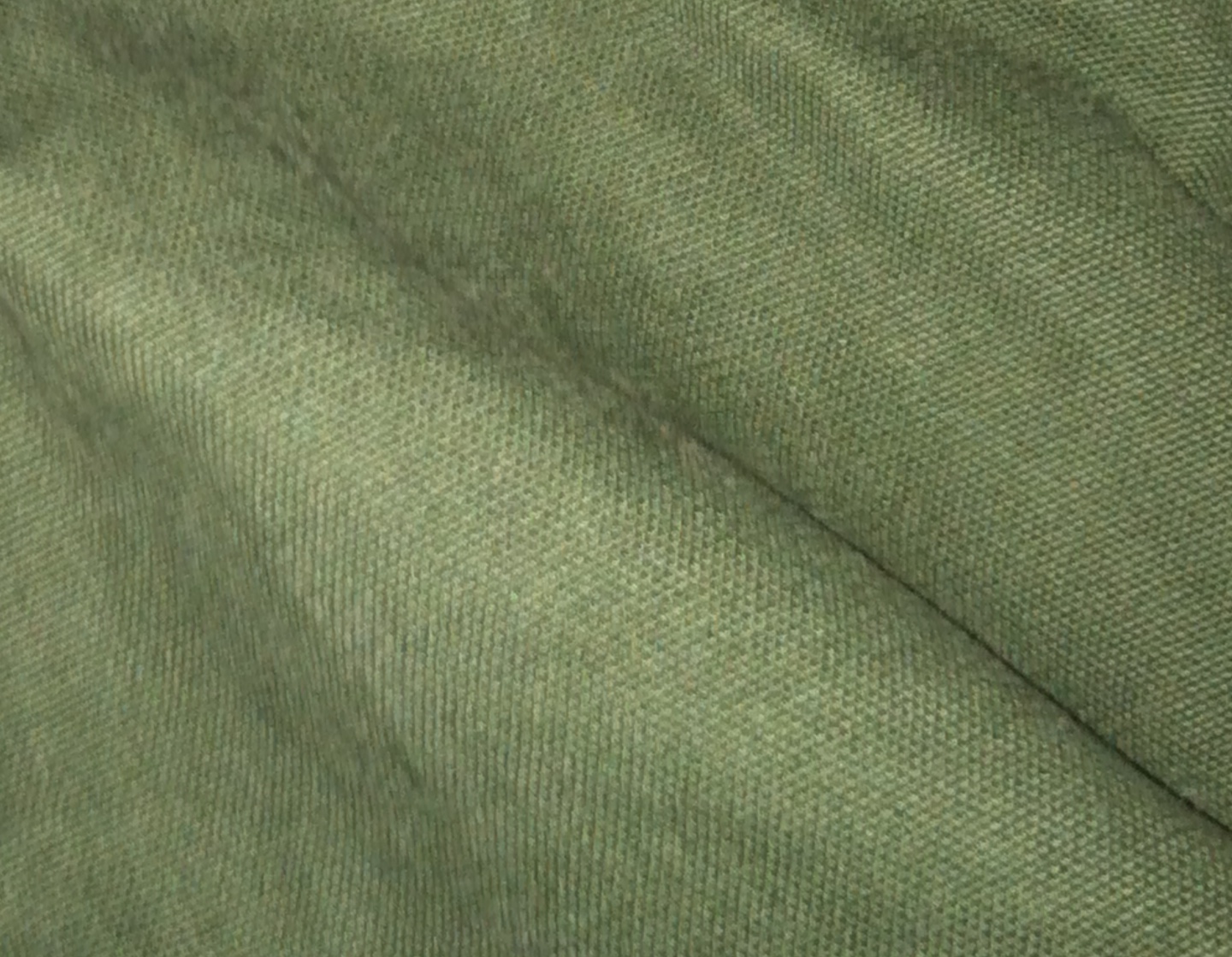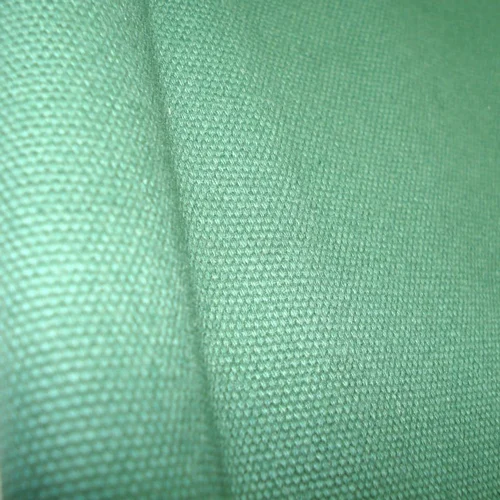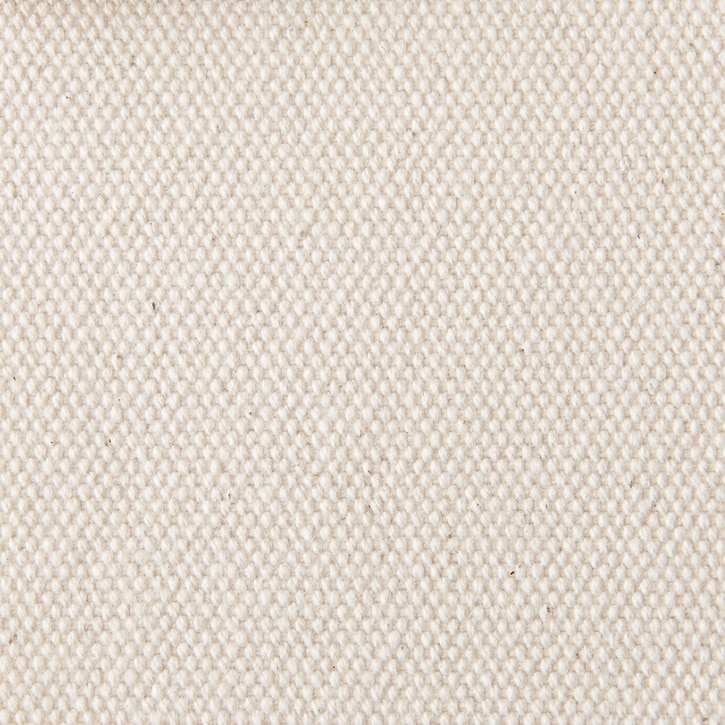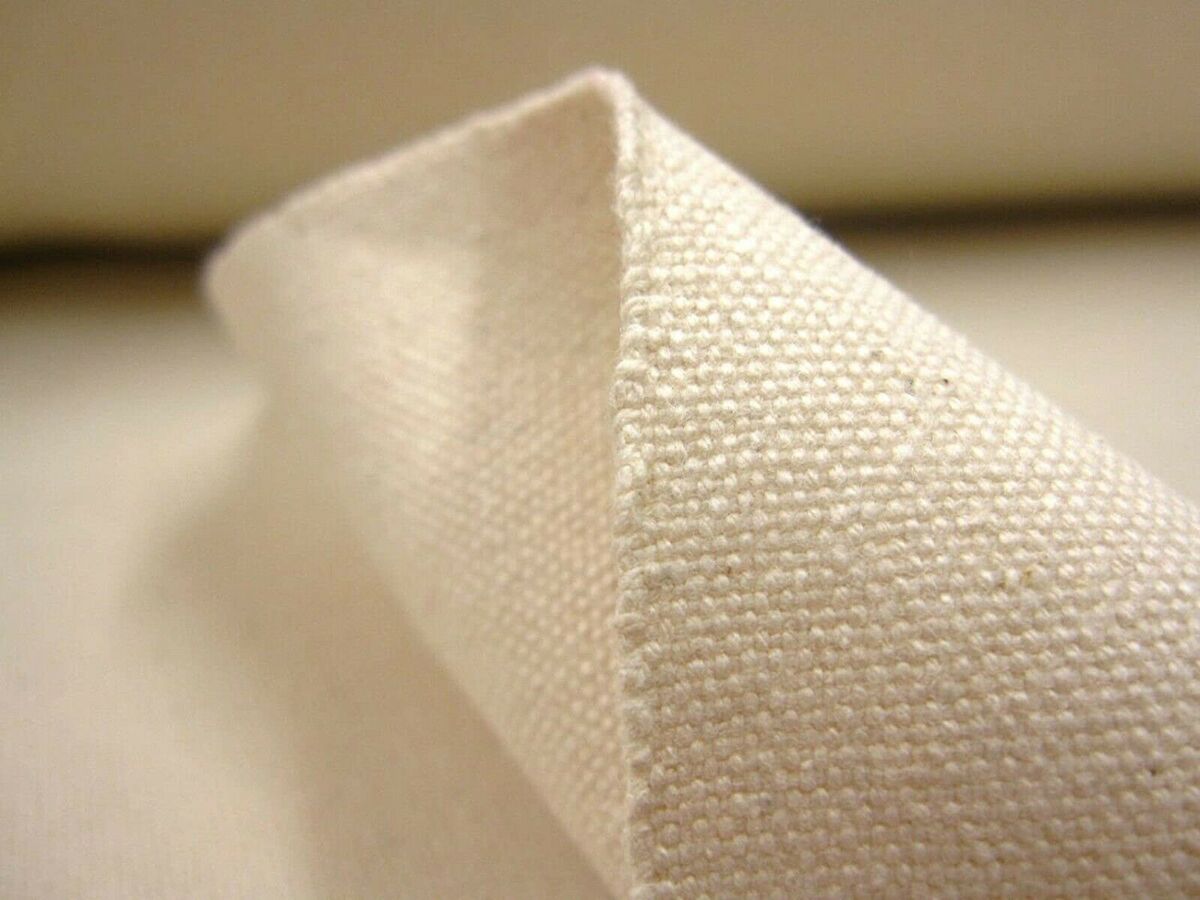Description
Duck cloth, a heavy, durable fabric, has gained popularity in various applications due to its robust characteristics and versatility. Originally derived from the Dutch word “doek,” meaning cloth, duck fabric is woven in a plain weave structure, often using cotton, linen, or a blend of fibers. Its tightly woven nature gives it an exceptional resistance to wear and tear, making it an ideal choice for products requiring long-lasting durability. This heavy-duty fabric is commonly used in outdoor gear, tents, bags, and utility applications, where strength and reliability are paramount.
One of the standout features of duck cloth is its ability to withstand harsh environmental conditions. Often treated with water-repellent finishes, it serves as an excellent material for outdoor furniture covers, tarps, and canvas for camping gear. Additionally, it has a natural resistance to fraying and fading, contributing to its longevity even after extensive use. The canvas-like texture also lends itself well to printing and dyeing, making it a favored choice among designers who appreciate a sturdy fabric that can hold intricate designs and vibrant colors.
In the world of fashion, duck cloth has inspired a range of stylish apparel and accessories. From rugged jackets and aprons to bags and shoes, the fabric’s sturdy construction offers both functionality and aesthetic appeal. As sustainability becomes a significant concern in the textile industry, many manufacturers are increasingly opting for organic and recycled versions of duck cloth, further enhancing its appeal. As a result, this fabric not only serves practical purposes but also aligns with the growing movement towards eco-friendly fashion, proving that durability can coexist with conscious consumerism.

